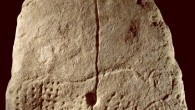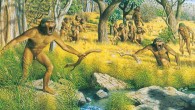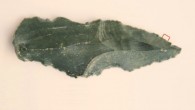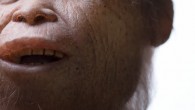Primate brain size is predicted by diet, indicates new research from New York University. The findings, just reported in the journal Nature Ecology and Evolution, are a serious blow to the ‘social brain hypothesis’ — the idea that social complexity is the primary driver of primate cognitive complexity, and that social pressures ultimately led to the evolution of the large human brain. The western lowland gorilla (Gorilla gorilla gorilla)....



















